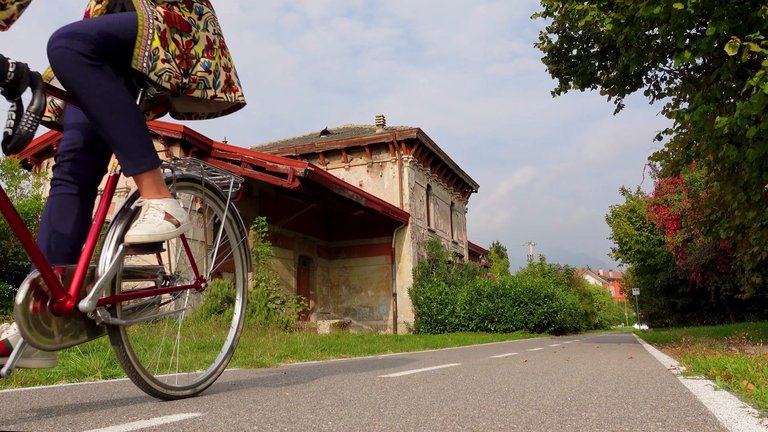
Hello friends, I wanted to share my cycling trip in the Val Brembana valley. The highlight of my route was the charming resort town of San Pellegrino Terme. Yes, the famous water of the same name is bottled here. But let’s take it step by step. This cycling path was built on the site of a former railway that once connected Bergamo to the towns of Val Brembana. You can even see the abandoned building of one of the old stations here. Unfortunately, the railway which stretched 3033 meters, was closed in the last century. However, in the following years a cycling path was created in its place. Now, we can enjoy this scenic beauty as we make our way to San Pellegrino Terme.
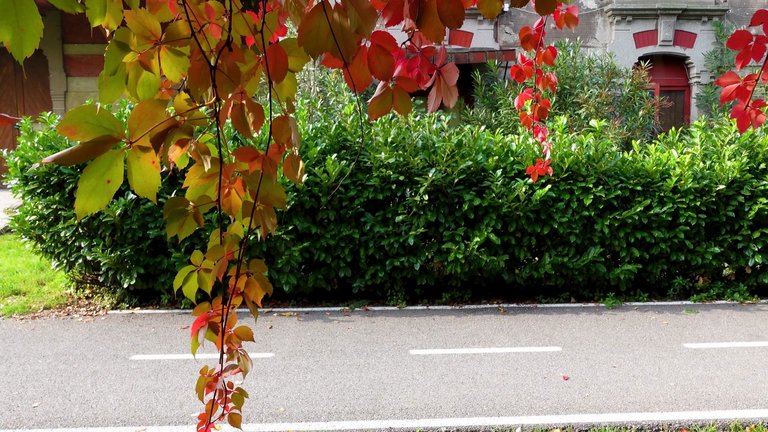
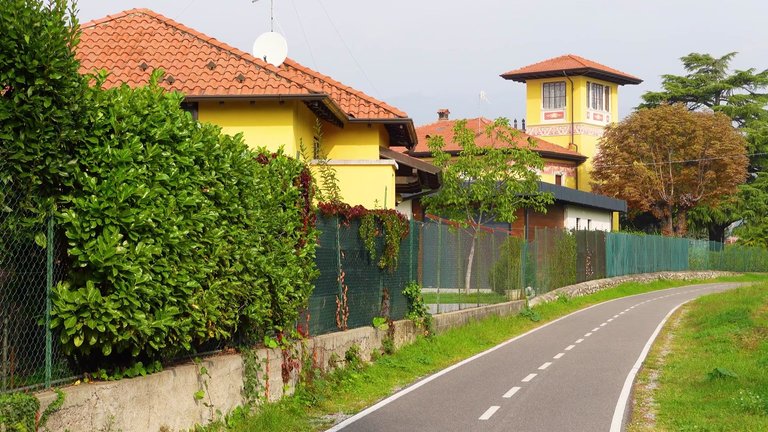
The valley’s railway lovingly called the Little Train, began operations in 1906. On its inaugural day, engineers, planners and business managers made their first journey to San Pellegrino Terme. In honor of this event a grand celebration was held. Later in October, another significant milestone was celebrated: the launch of the first electric locomotive. These events were preceded by a 20 year long struggle. Everyone recognized the potential of the local Brembo river as a producer of hydroelectric energy, but the government had plans to use this capacity for existing roads. Local engineers insisted that the river should benefit the region. They stood their ground and a hydroelectric power plant was built. The railway stations were designed by architect Squadrelli and the railway construction was completed in a record time of just three and a half years—no small feat.
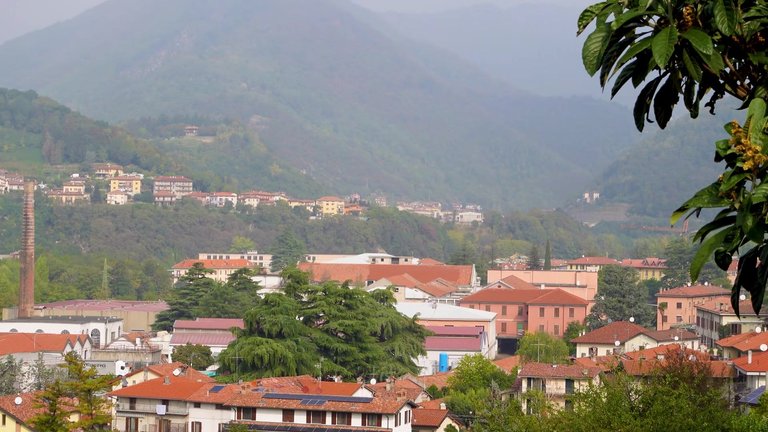
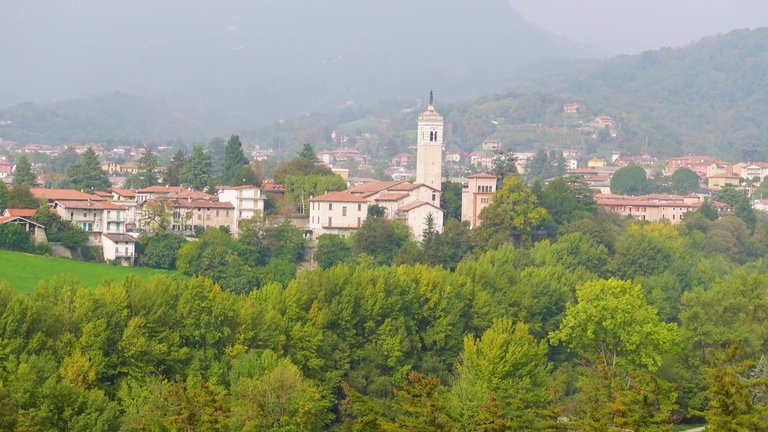
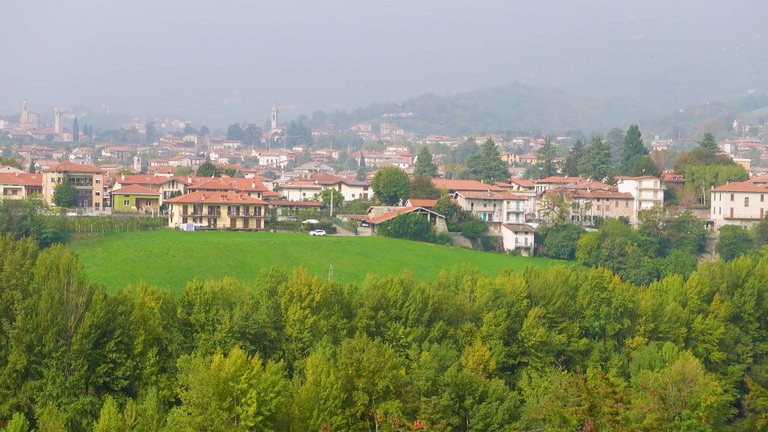
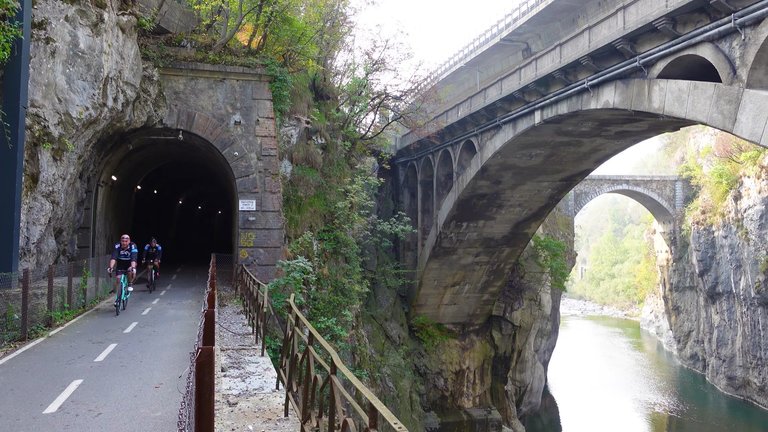
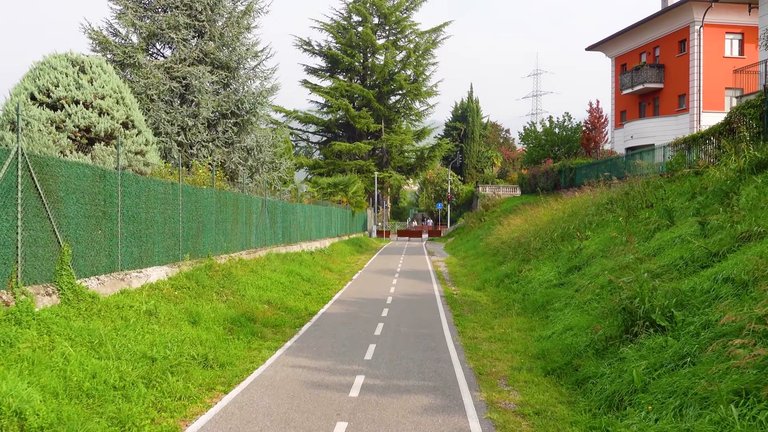
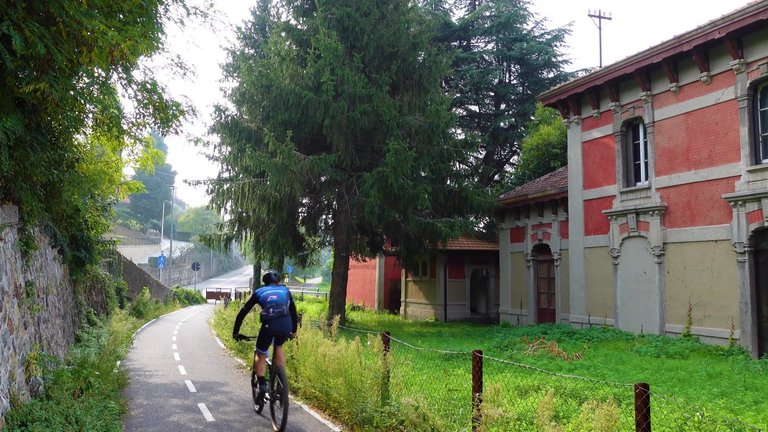
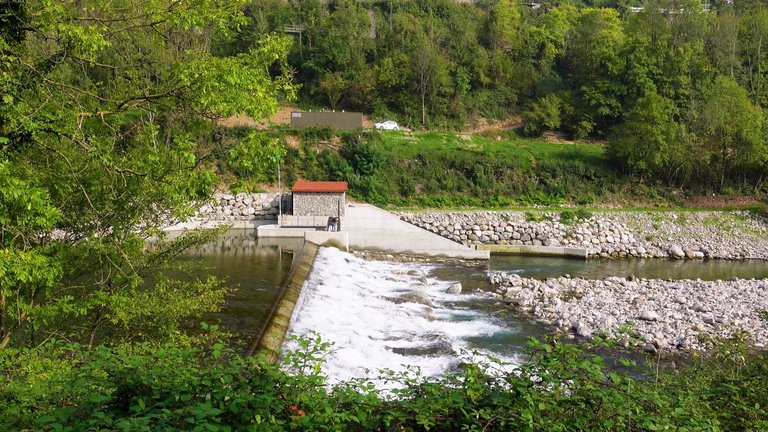
I reached the first tunnel on my route. At each tunnel there’s a sign providing information about its length and the old station it was connected to. Beside the tunnel there are rocks with climbing routes of varying difficulty levels for climbers to practice. From the outside the tunnel looked dark, but inside, it was well-lit. Just look at those imposing rocks jutting out towards the path. So far this is the most ideal cycling path I’ve encountered in Italy: flat, wide and completely separate from cars. Along the way there are rest areas thoughtfully designed for cyclists, with convenient parking spots and drinking water.
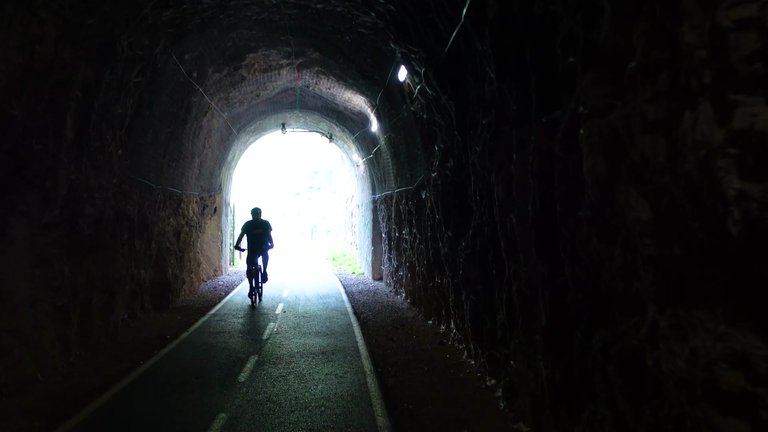
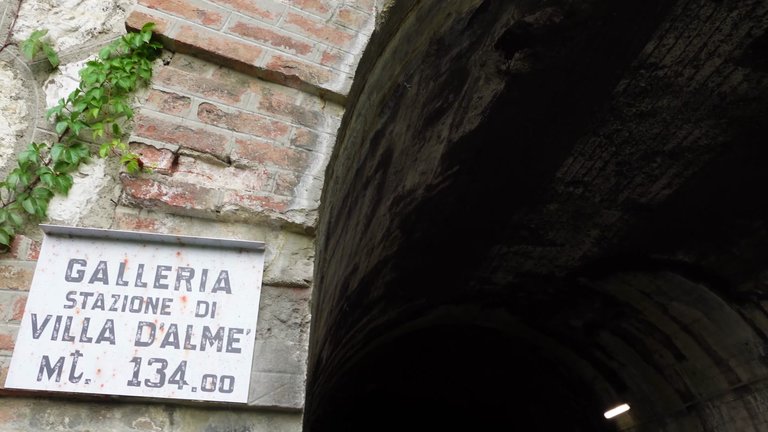
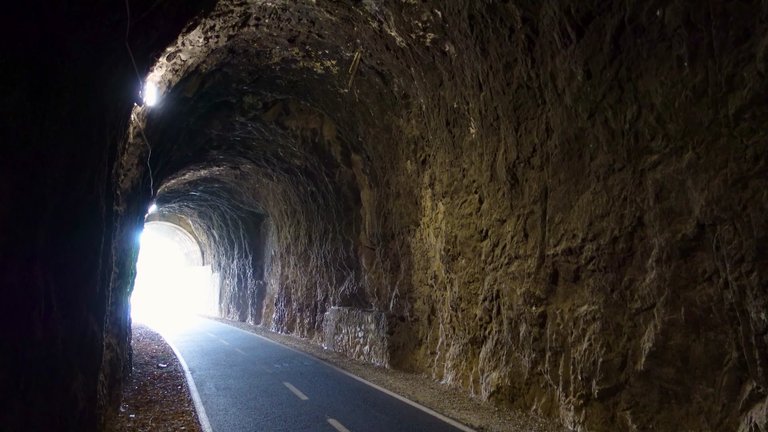
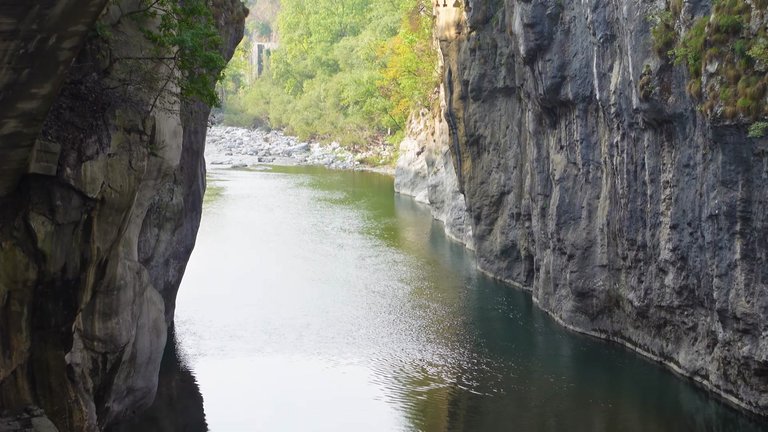
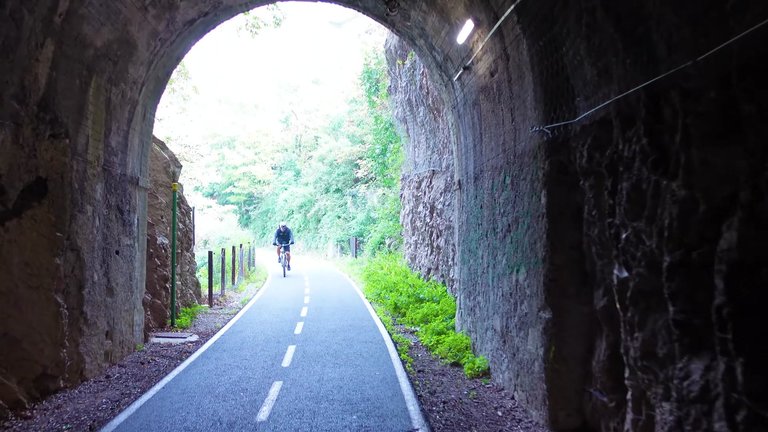

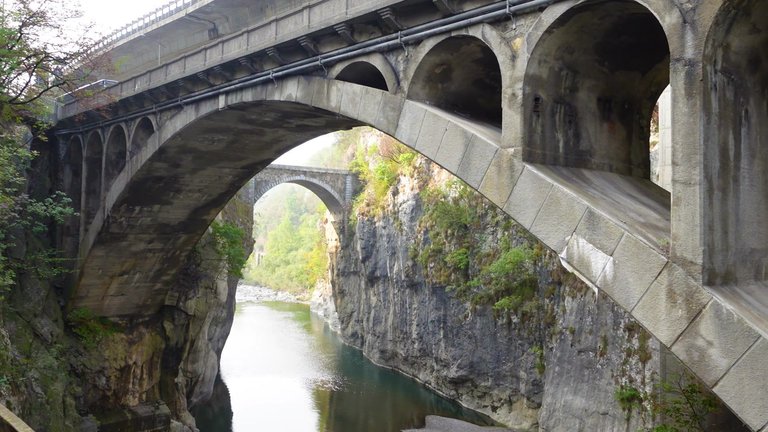
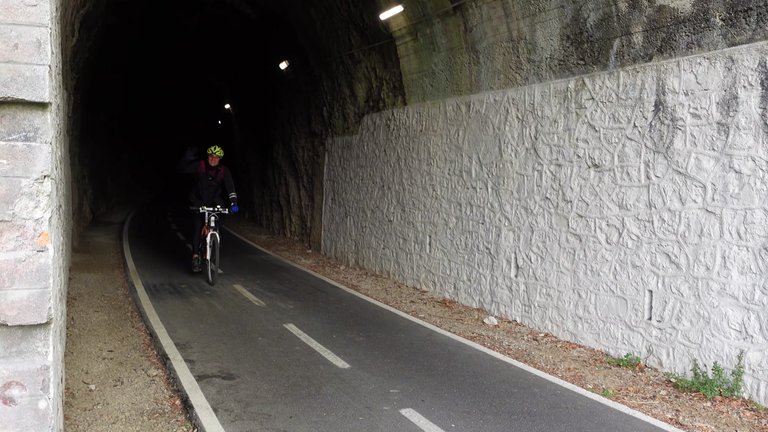

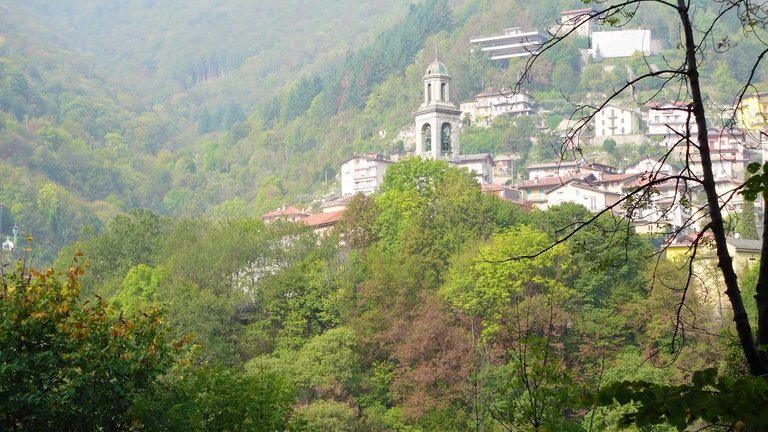
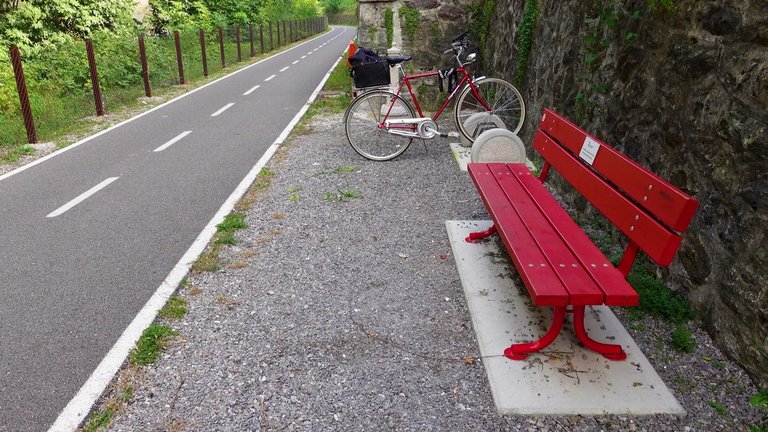

The Brembo river came into view. This river gives its name to the Val Brembana valley. It’s relatively short, just 74 kilometers long. Its source lies in four springs in the Alps, with its main source intriguingly named the Devil’s Lace valley. At the end of its journey near the village of Crespi d’Adda, the Brembo River merges its waters with the mightier Adda river. The buildings of the Central Electric Power Plant, built over a century ago still captivate with their elegance. In my opinion they are extraordinary examples of industrial architecture in Northern Italy.
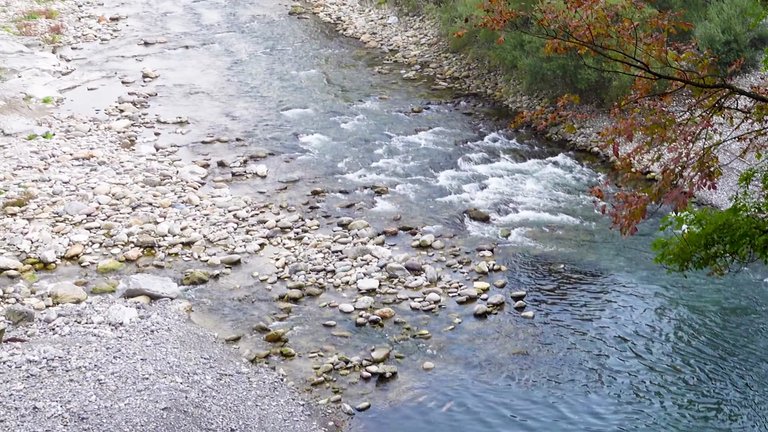
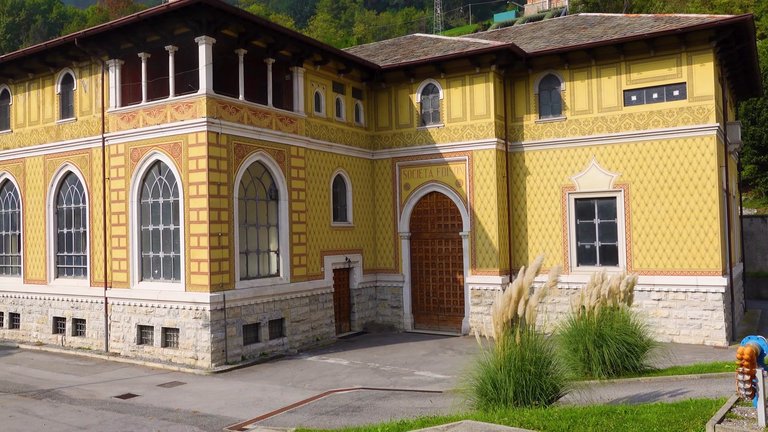
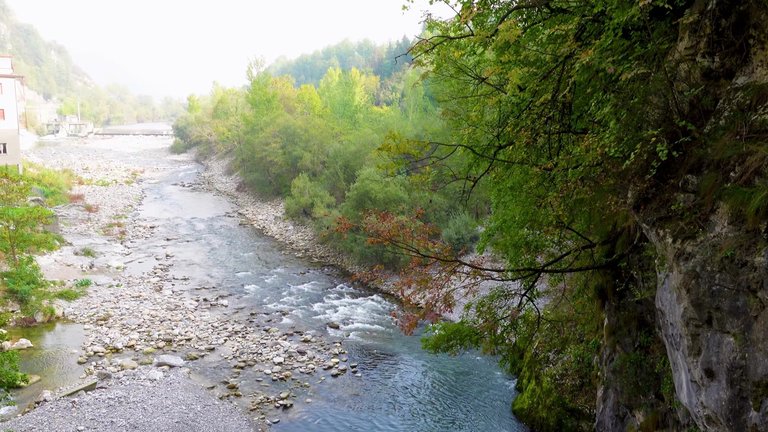
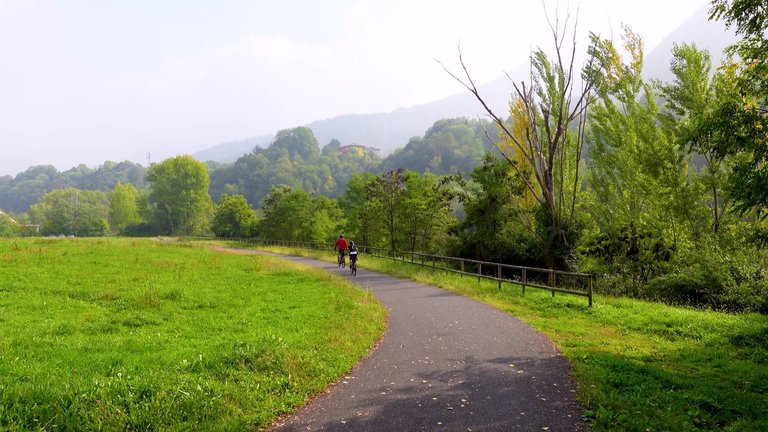
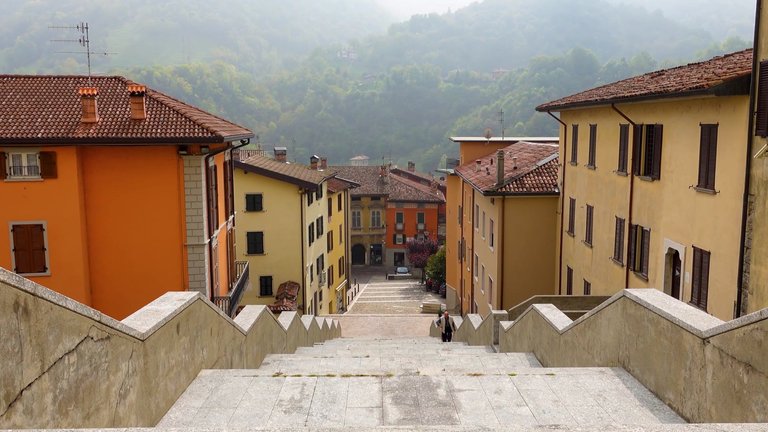
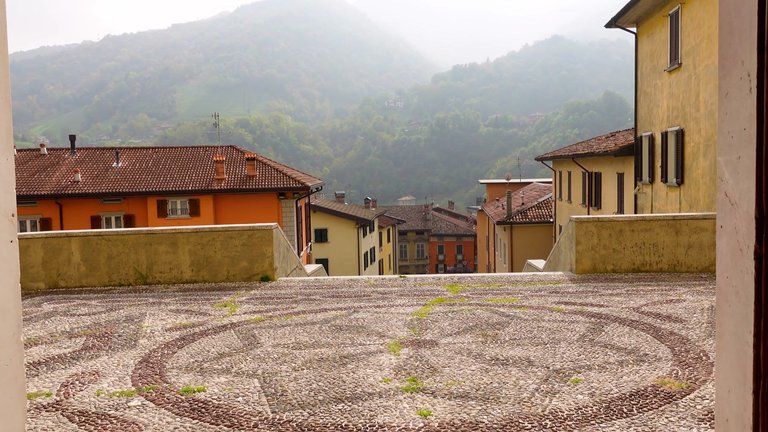
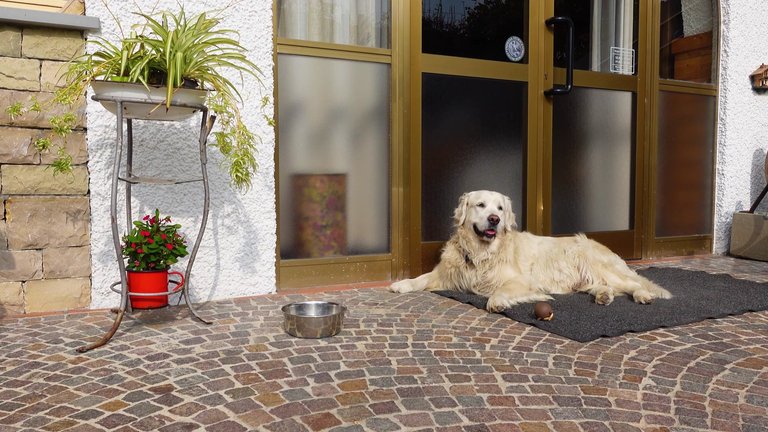

I decided to stop for lunch in the charming town of Zogno. The yellow church building towering over the town seems to add a touch of sunshine and light and from its terrace, you can enjoy a view of the surroundings. At the entrance of the restaurant I was greeted by a friendly companion. As in most mountain villages, the menu here was hearty and meat-heavy. I ordered a typical local dish: roasted rabbit with polenta. While waiting for the main course I sampled some local appetizers. After a filling and delicious lunch, I resumed my route. Next stop: San Pellegrino Terme.

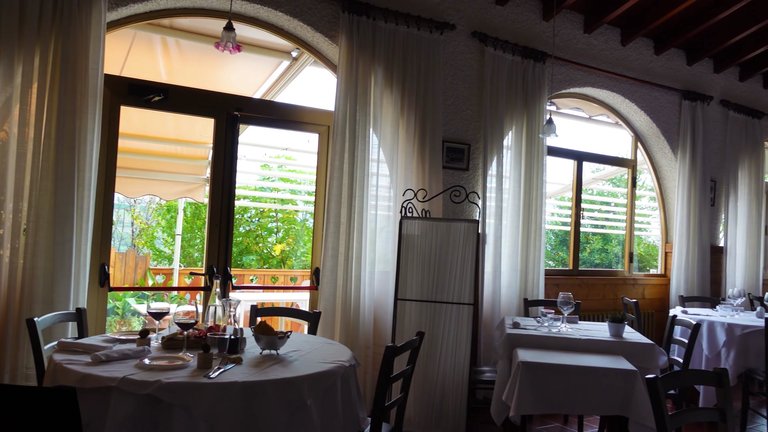
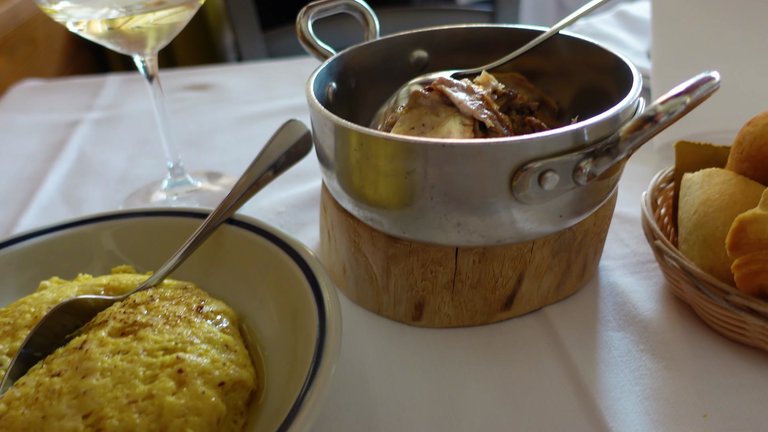
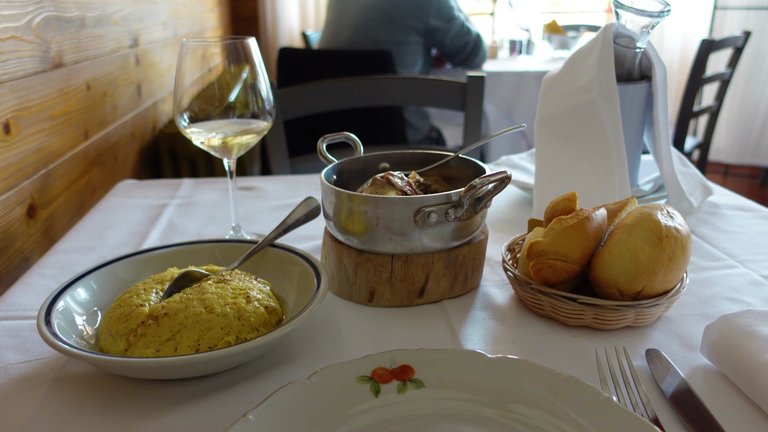
This house is a preserved and restored example of a typical village house in the Bergamo region. An interesting fact: many village houses were built using stones collected from the Brembo river. Brembo may look like a small river, almost like a stream. But mountain rivers should never be underestimated. Over the last few centuries, at least eight major floods have occurred. The first recorded flood was in 1230. The largest one happened at the end of the 15th century destroying 24 bridges, leaving only one standing in Zogno. Even in modern times, floods couldn’t be prevented despite the dams. The most recent one occurred in 1987, causing significant damage to local villages. Looking at the massive rocks in the middle of the river, you can imagine how the powerful current brought them here.
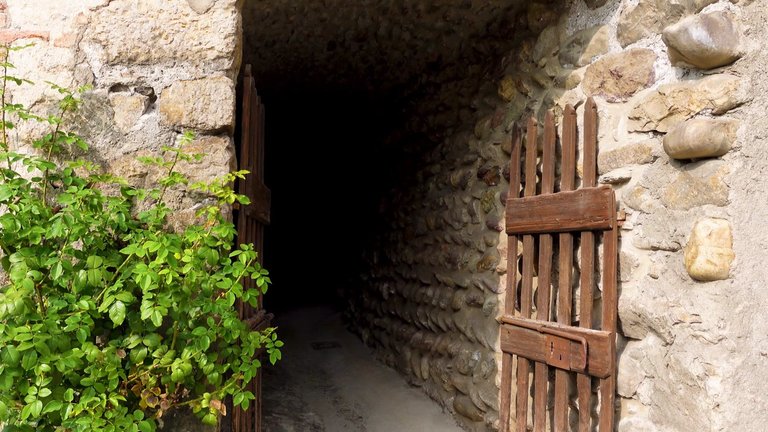
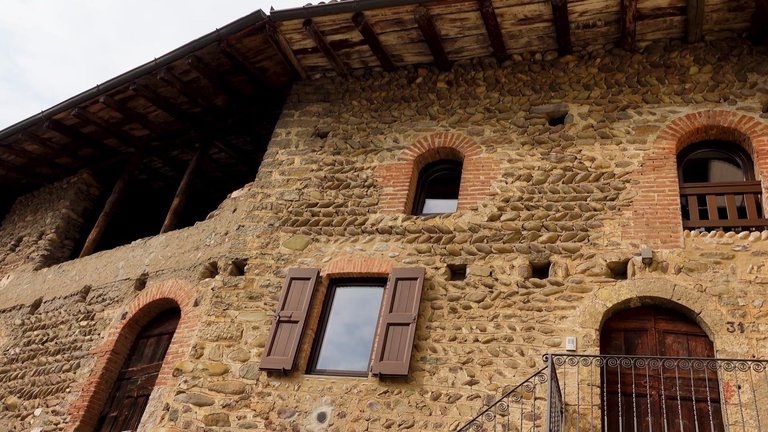
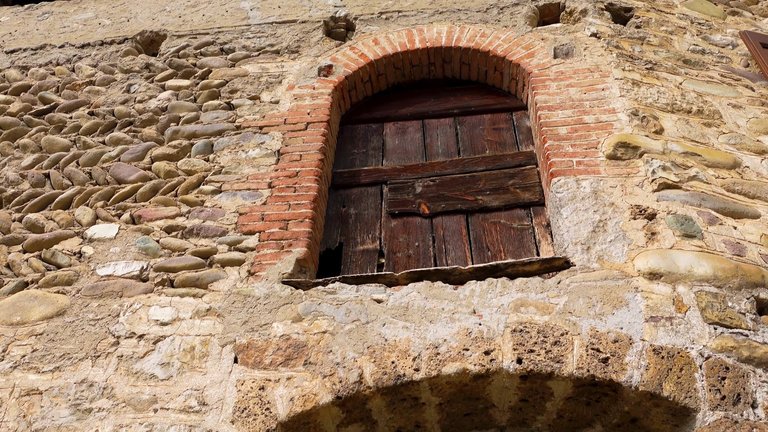

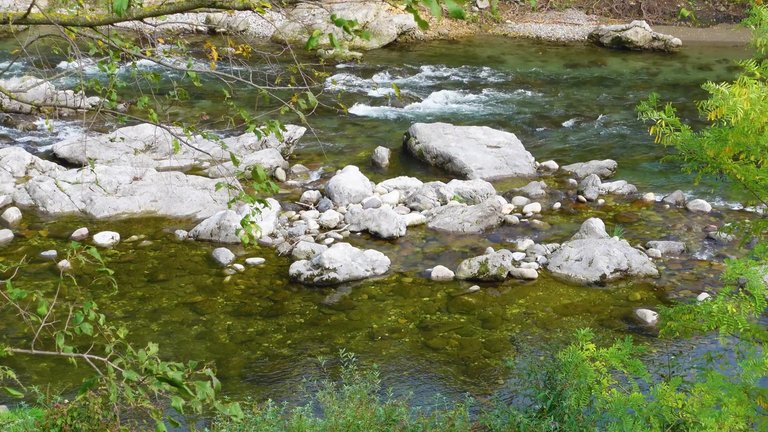
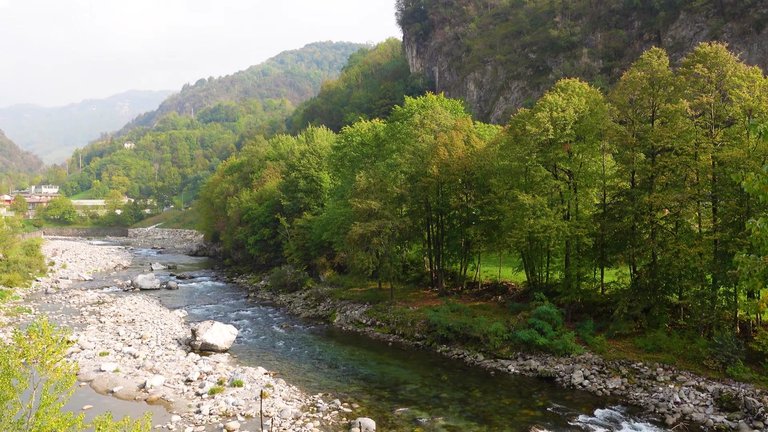
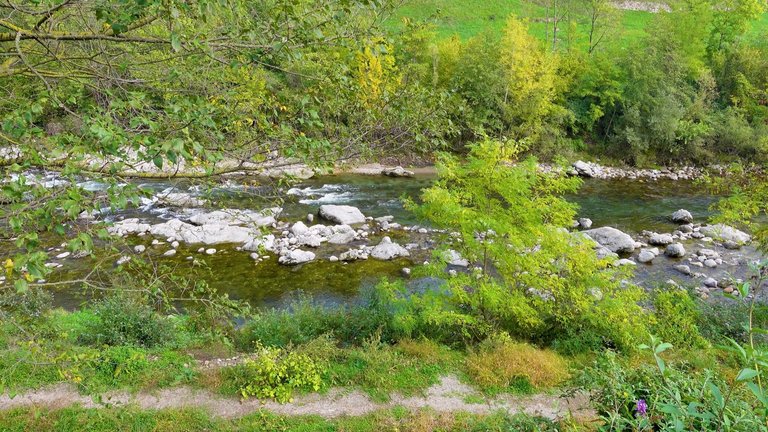
In Zogno the old train station is now used as a museum. I believe all the other stations should be converted into museums as well, so they don’t remain abandoned. At the entrance to San Pellegrino, you’ll find the factory where the mineral water of the same name is bottled. This happens to be my favorite mineral water. I almost always carry a bottle of San Pellegrino in my backpack. It traveled with me from Milan to visit its hometown. By the way in recent years, San Pellegrino celebrated the 90th anniversary of its iconic drink, Aranciata. This event dates back to 1932, during an exhibition in Milan. Ezio Granelli served freshly prepared drinks to the guests. It was nothing extraordinary: mineral water orange juice and a pinch of sugar. Yet, the drink made a big impression on the guests. This led to the decision to start mass production of Aranciata, which went on to win hearts not only in Italy but also abroad.
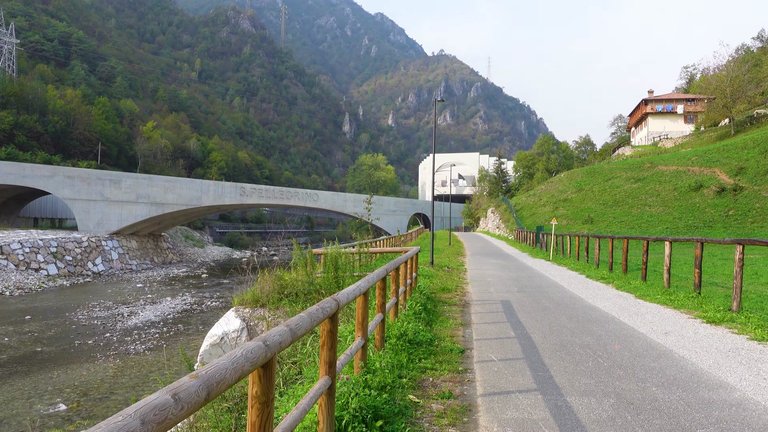
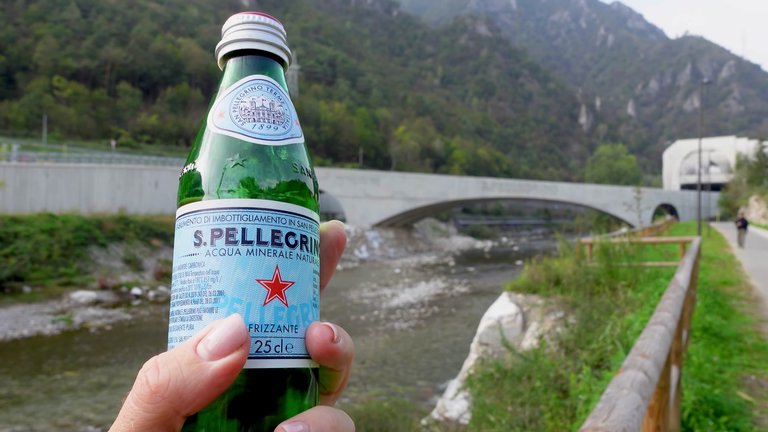
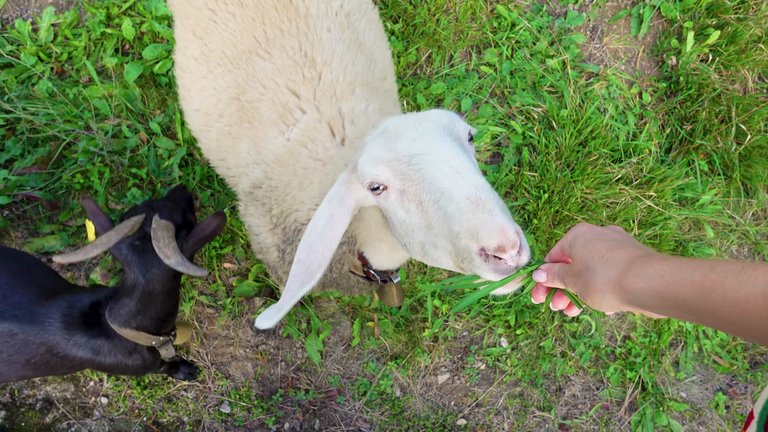
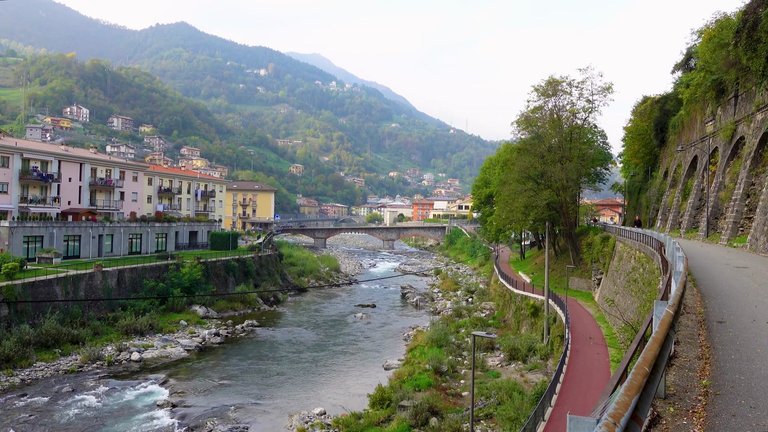
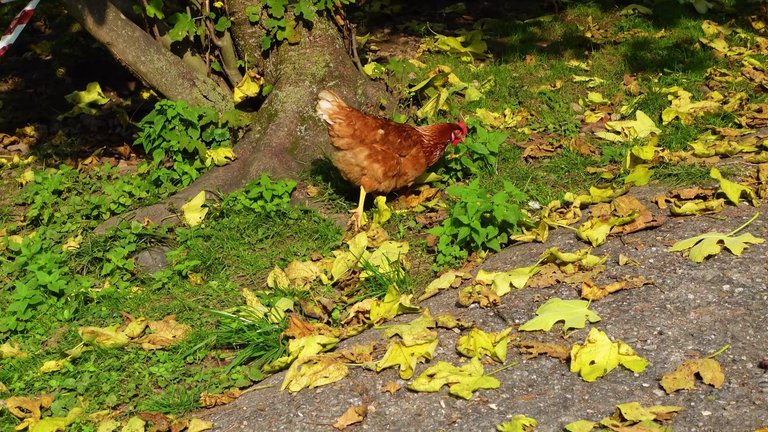

Finally I arrived in San Pellegrino, accompanied by friendly goats and sheep. Unfortunately, even here the old station building remains in disrepair. The two sides of the river are connected by five bridges, with the town center located on the western bank. While wars and revolutions swept through the rest of Lombardy, San Pellegrino remained peacefully isolated. However, with the construction of the first road in the 16th century, more and more people began visiting. Eventually the town became a sophisticated spa destination, thanks to its sulfate-alkaline mineral waters.
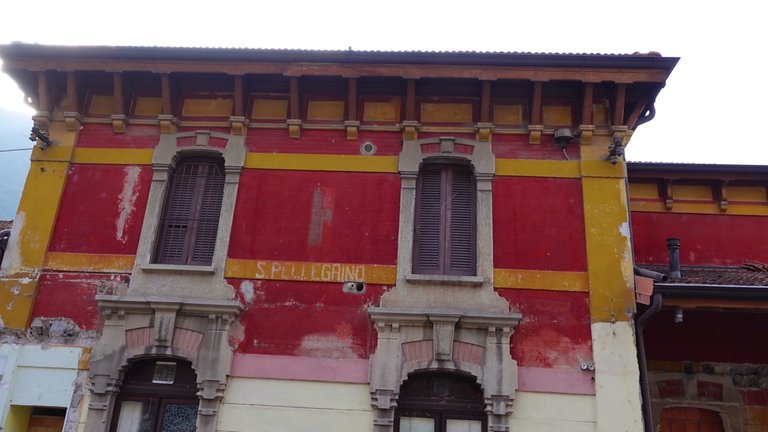
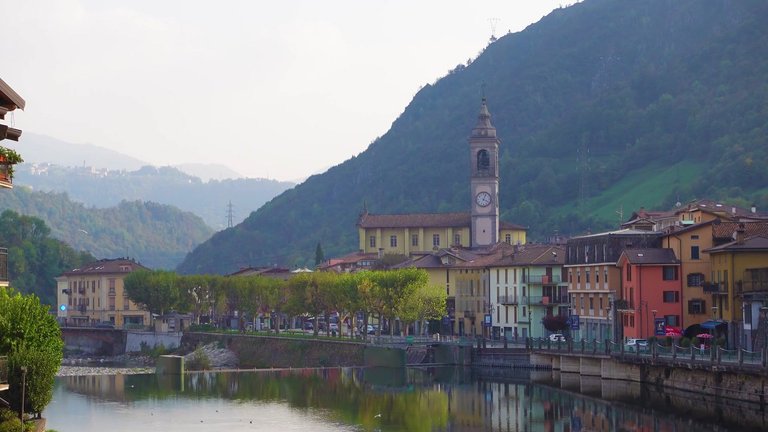
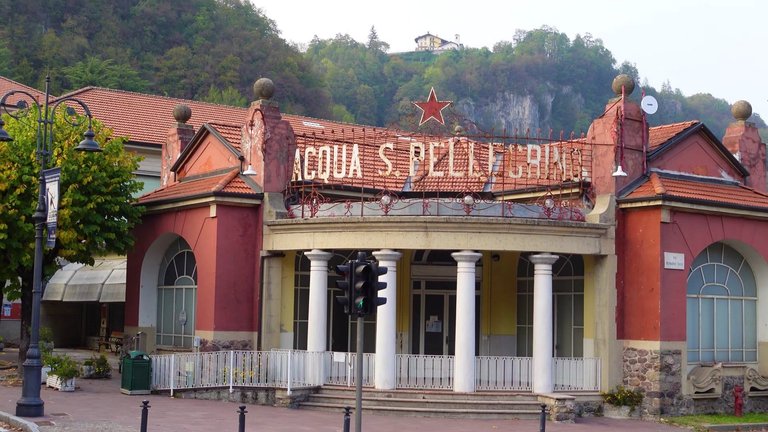
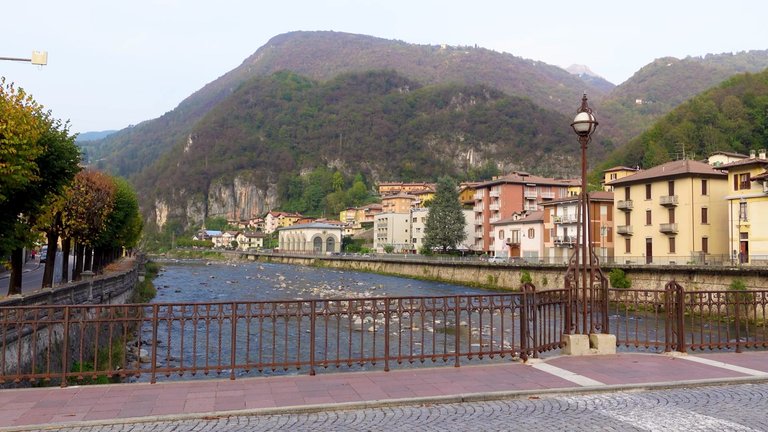
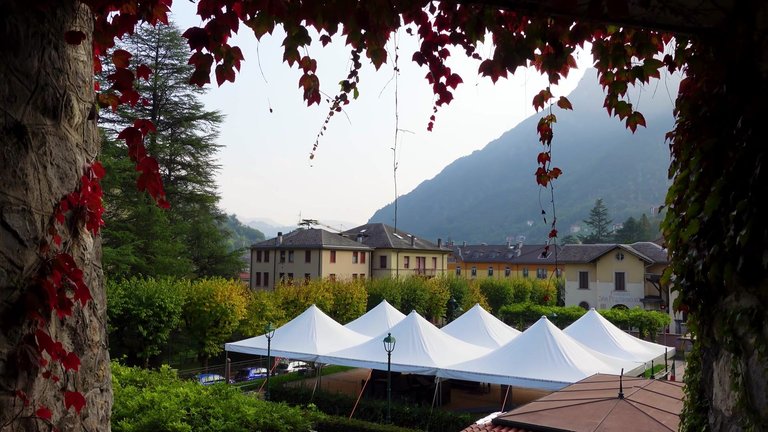
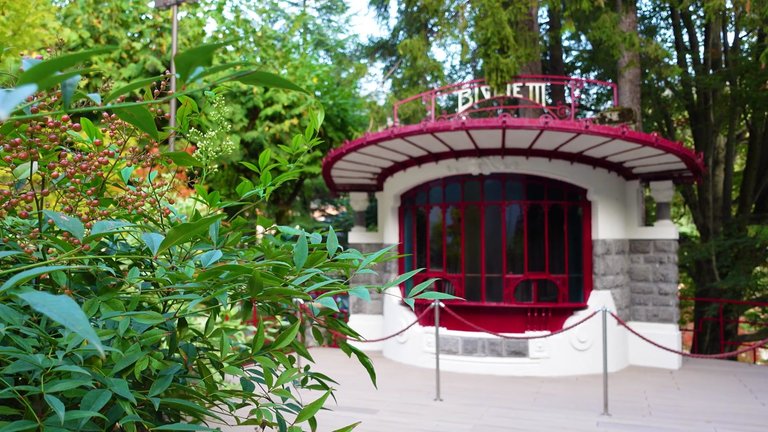
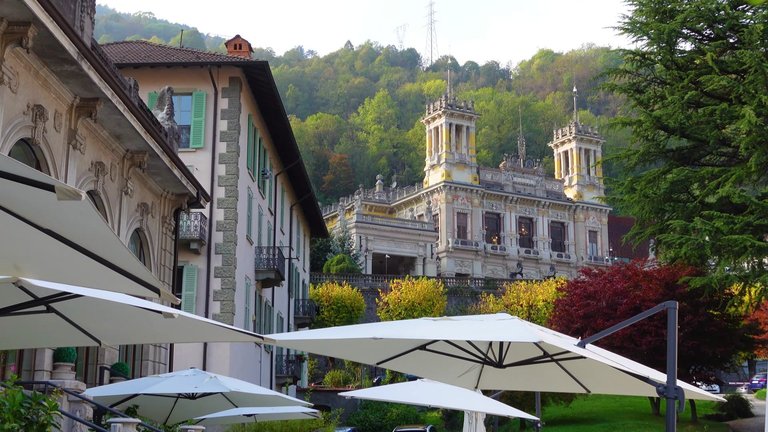
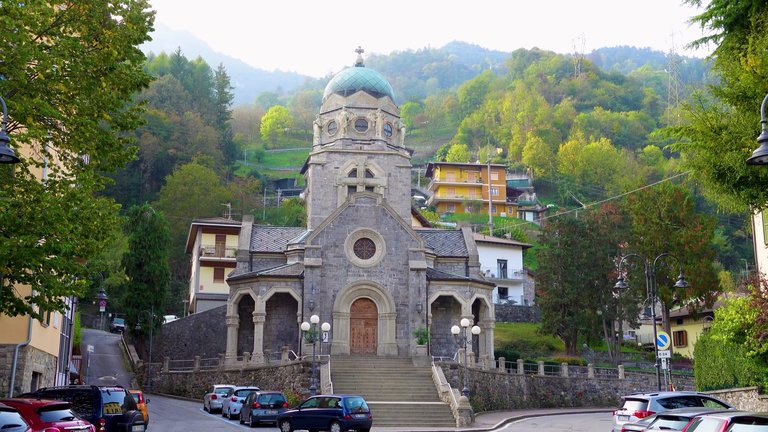
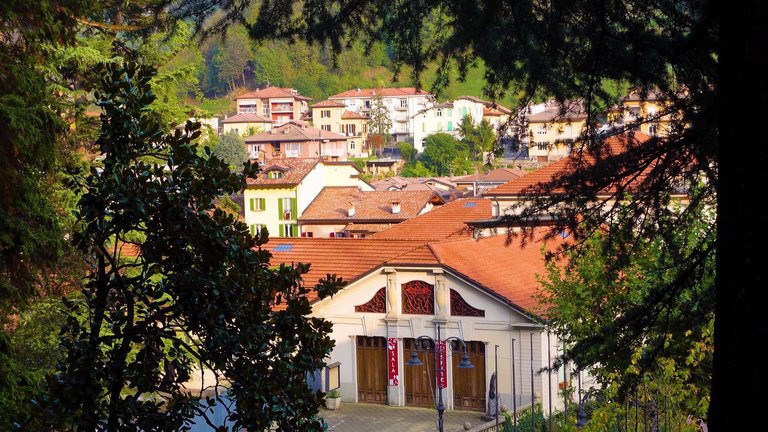
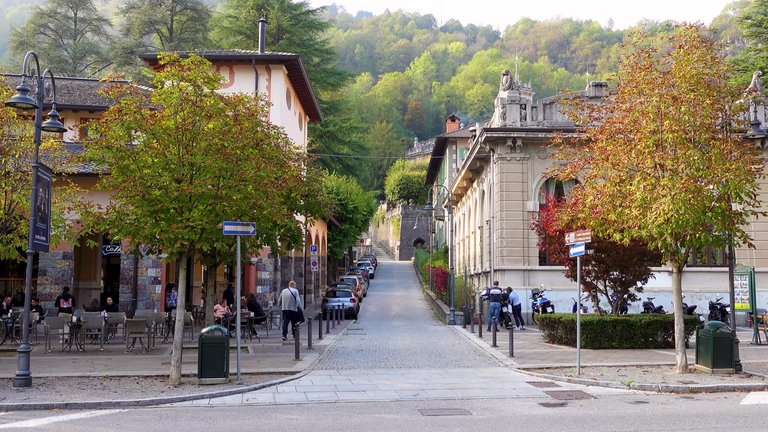
At the beginning of the last century the San Pellegrino Terme complex was equipped with the most modern facilities of the time, featuring Liberty-style buildings designed for medical, engineering and organizational excellence. The healing properties of San Pellegrino’s mineral-rich water have been recognized by the Ministry of Health. The old thermal baths were closed some time ago and today the building serves as an art gallery. The new spa center opened in 2014 following the renovation of the old Hotel Terme Milano. Having celebrated my friend’s birthday here this summer, I can vouch that the spa complex lives up to the sweet promises in its promotional brochures.

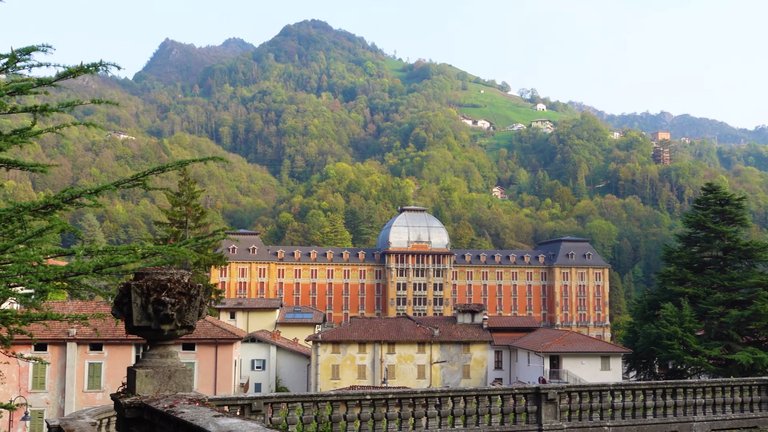

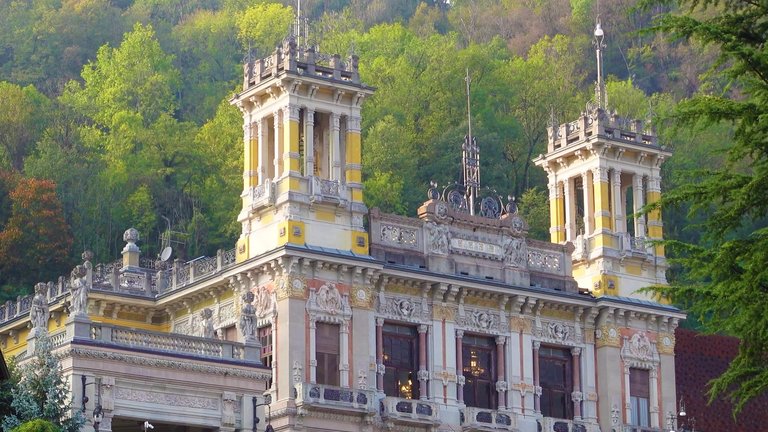
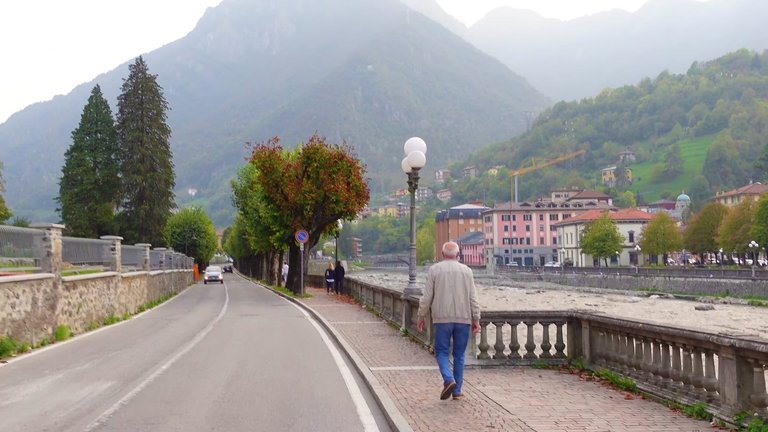
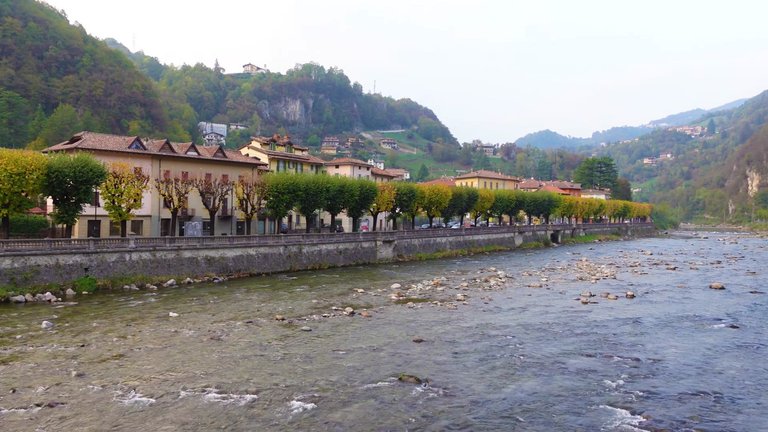
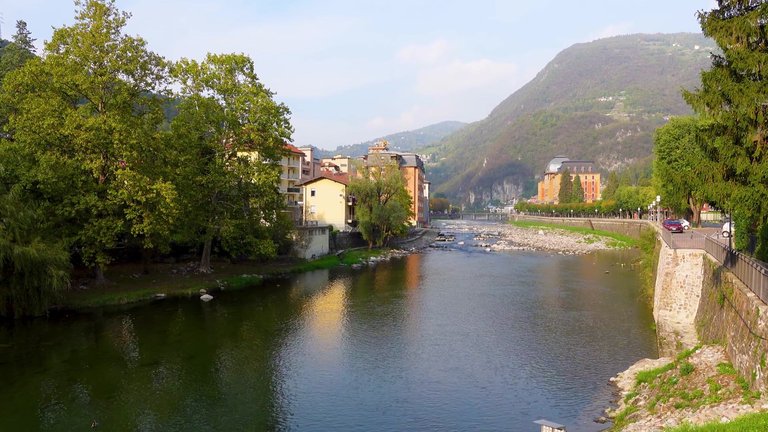
Thank you for joining me on this amazing journey. See you in the next post.
Such an interesting journey. It was a pleasure to read your post @annativa 🤗
I'm so happy you found it interesting. It was a pleasure to share my experience. 😍
Amazing post, Anna. Congratulations 😊
Thank you so much. I really appreciate you taking the time to read it. 😍
Hello. Beautiful pictures of the Val Brembana. Very interesting and relaxing journey. Thanks for sharing
Thank you so much! I'm glad you enjoyed the pictures.😍
Travel Digest #2453.
Become part of our travel community:
- Join our Discord
Hiya, @lizanomadsoul here, just swinging by to let you know that this post made it into our Top 3 in Your post has been manually curated by the @worldmappin team. If you like what we're doing, please drop by to check out all the rest of today's great posts and consider supporting other authors like yourself and us so we can keep the project going!thank you so much 😍
Keep up the great work 💪
You can check out this post and your own profile on the map. Be part of the Worldmappin Community and join our Discord Channel to get in touch with other travelers, ask questions or just be updated on our latest features.
Congratulations @annativa! You have completed the following achievement on the Hive blockchain And have been rewarded with New badge(s)
Your next target is to reach 300 upvotes.
You can view your badges on your board and compare yourself to others in the Ranking
If you no longer want to receive notifications, reply to this comment with the word
STOP